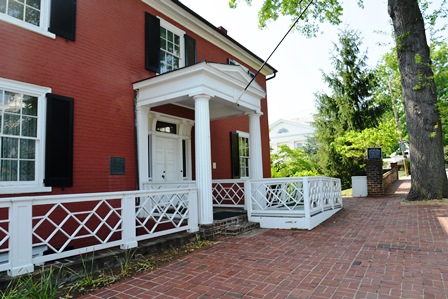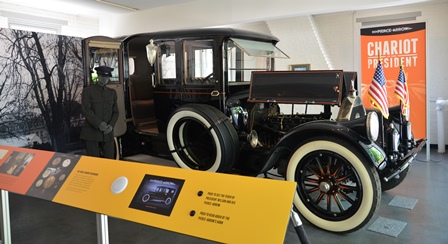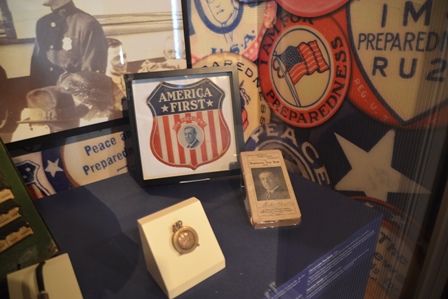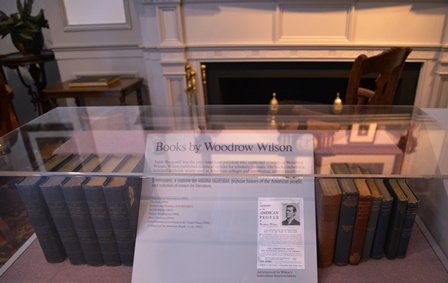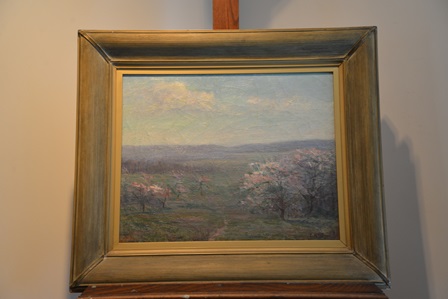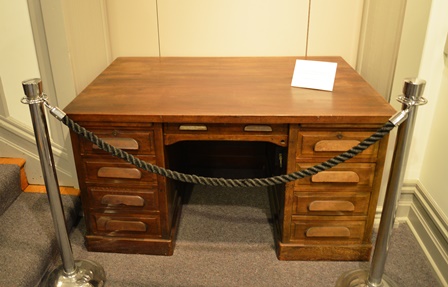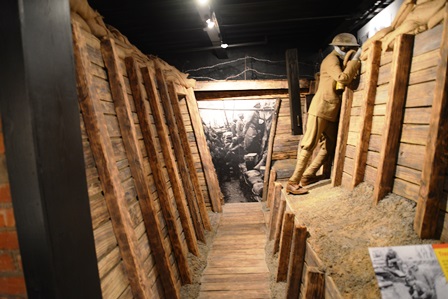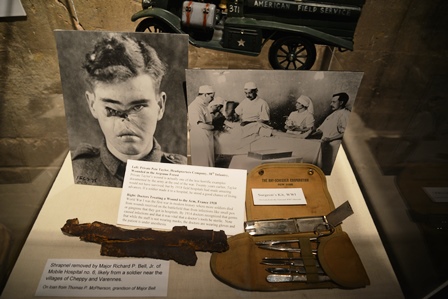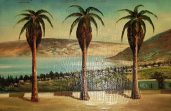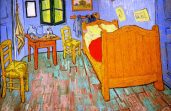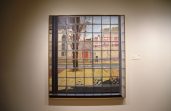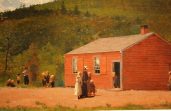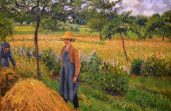Woodrow Wilson’s Birthplace and Museum
I am one of those people who does not over plan a trip; while I love having a guide book handy, in general, I enjoy the surprise that being on the road provides. When I toured President Wilson last home, in Washington D.C., one of the docent told me about his birth home, in Staunton, Virginia; I remember looking it up once, on a map, and deciding it was rather out of the way, from our Interstate 95 trek. I put it out of my head, happy I had seen the one house, never expecting to see the second, or I guess the first; but I did, much to my joy and delight! http://thatisallfornow.com/?p=10256#.Viv9Yr2E5Bg
The house is located next to his museum, in-between the two is his 1919 Pierce-Arrow, which is fully restored. His father was pastor in the Presbyterian Church; President Wilson was born in the parsonage or manse, in 1856.
The museum follows his work as a professor and president of Princeton University, Governorship of New Jersey, as well as his race for White House, his Presidency, and the Great War.
Not only was Wilson a statesman, but also a prolific author.
Painted by Ellen Wilson, the President’s Wife
His desk as Governor of New Jersey
I have never seen a World War I trench exhibit, in a museum – I thought it very clever.
Left: “Private Pete Taylor, Headquarters Company, 38th Infantry, Wounded in the Argonne Forest. Private Taylor’s wound is actually one of the less horrific examples documented by the army at the end of the war. Twenty years earlier, Taylor would not have survived; but by 1918 field hospitals had made amazing advances. If a soldier made it to a hospital, he stood a good chance of living.”
Right: “Doctors Treating a Wound to the Arm, France 1918. World War I was the first war in modern history where more soldiers died from wounds received on the battlefield than from infections like small pox or gangrene that they got in hospitals. By 1918 doctors recognized that germs caused infections, and that it was vital that a doctor’s tools be sterile. Note that while the staff is not wearing masks, the doctors are wearing gloves and the patient is under anesthesia.”
http://www.woodrowwilson.org/museum/the-birthplace-the-manse

